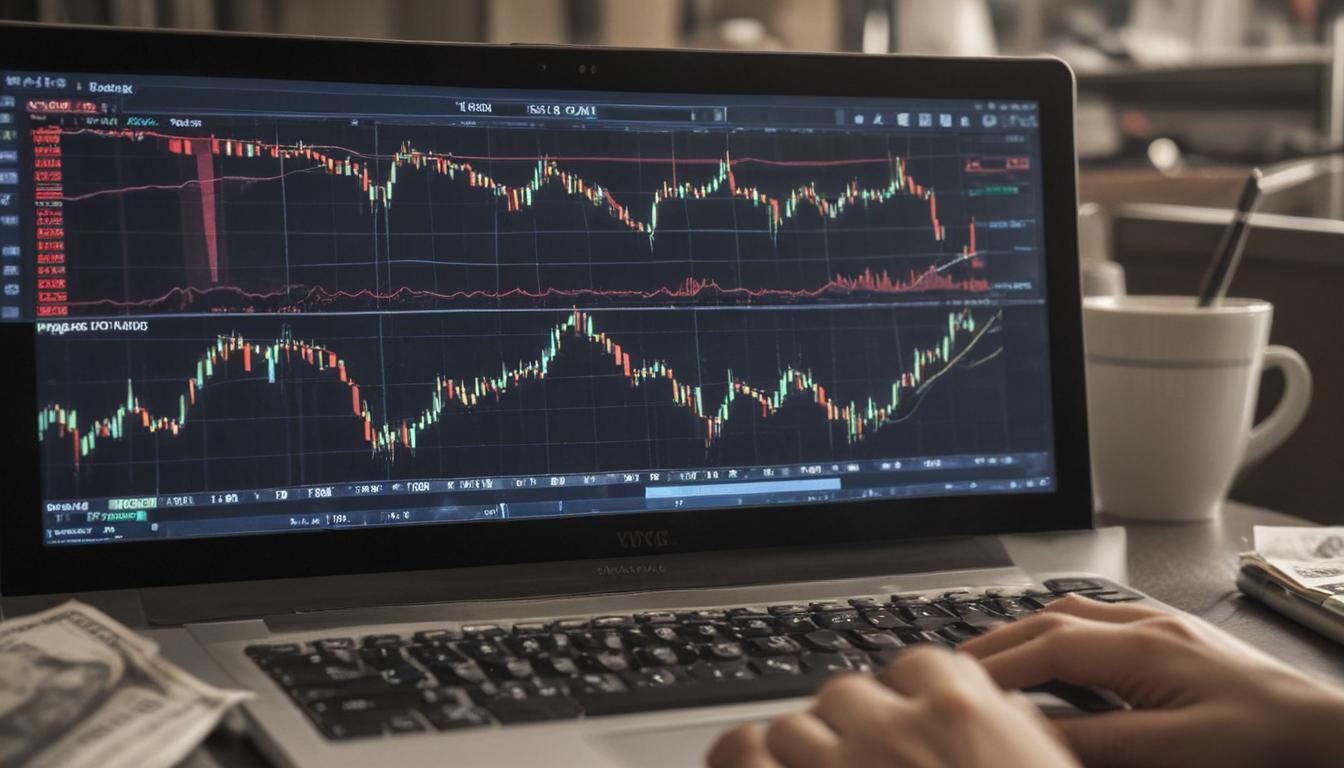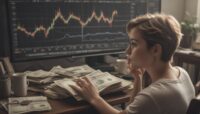Now Reading: Forex Trading 101 Your First Steps
- 01
Forex Trading 101 Your First Steps
Forex Trading 101 Your First Steps

Learn Forex Trading A Beginner’s Guide to the Currency Market
Does the world of financial trading seem like an exclusive club you can’t get into? You hear stories of people making money from the global markets, but the jargon, charts, and perceived complexity make it feel overwhelming. You might worry about the risk, the learning curve, and where you would even begin. The fear of making a costly mistake can be enough to stop you from exploring what could be a powerful way to grow your wealth.
The great news is that understanding the foreign exchange market, or Forex, is more accessible than you think. It’s not about having a secret password; it’s about learning the fundamental rules of the game. This guide is designed to strip away the confusion and give you a clear, simple foundation. We will walk you through the core concepts, explain how it works in plain language, and show you the exact steps to get started safely. By the end, you’ll have the confidence to take your first step into the world’s largest financial market.
What Exactly is the Forex Market
The foreign exchange market is the global, decentralized marketplace where the world’s currencies are traded. Think of it as a massive, continuous auction where you are buying one country’s currency while simultaneously selling another’s. If you have ever traveled to another country and exchanged your home currency for the local one, you have already participated in the Forex market on a small scale. The key difference is that Forex traders do this electronically to speculate on the changing values between currencies.
This market is the largest and most liquid financial market on the planet, with trillions of dollars exchanged every day. Unlike a stock market, it doesn’t have a central location or exchange. Instead, trading happens 24 hours a day, five days a week, across a global network of banks, institutions, and individual traders. This constant activity is driven by international trade, tourism, economic changes, and speculation, creating a dynamic environment full of opportunities.

Understanding How Forex Trading Works
Trading in the Forex market always involves currency pairs. When you see a quote like EUR/USD, it represents the value of the Euro (the base currency) against the US Dollar (the quote currency). If the price is 1.1200, it means one Euro is worth 1.1200 US Dollars. As a trader, your goal is to predict whether the value of the base currency will rise or fall against the quote currency. If you believe the Euro will get stronger, you would “go long” or buy the EUR/USD pair. If you think it will weaken, you would “go short” or sell it.
Your profit or loss is measured in “pips,” which stands for “percentage in point” and is the smallest unit of price movement. For most pairs, a pip is the fourth decimal place (0.0001). One of the most unique aspects of Forex is “leverage,” which allows you to control a large position with a small amount of money. For example, with 100 to 1 leverage, you can control a $100,000 position with just $1,000 of your own capital. While this can dramatically amplify your profits, it is a double-edged sword that can equally magnify your losses, making it a powerful tool that must be used with extreme caution.
Your First Steps into Forex Trading
The single most important first step is education. Jumping into live trading without a solid understanding is a recipe for disaster. Dedicate time to learning the two main types of market analysis.
Market Analysis Methods
Fundamental analysis involves studying economic news, interest rates, and political events that can affect a currency’s value. Technical analysis involves studying price charts and using patterns and indicators to forecast future price movements. Most successful traders use a combination of both.
Practice with a Demo Account
Before you risk any real money, you must open a demo account with a broker. This provides you with virtual money to practice trading in a live market environment. It allows you to test your strategies, learn the trading platform, and build confidence without any financial risk.
Choosing a Broker
Once you are consistently profitable on a demo account, the next step is to choose a reputable broker. This is a critical decision. Look for a broker that is heavily regulated by a major financial authority in your country or region, such as the FCA in the UK or ASIC in Australia. A regulated broker ensures your funds are protected and that the business operates with fairness and transparency. Other factors to consider are low spreads (the cost of trading), a user-friendly trading platform, and responsive customer support. Be wary of any broker promising guaranteed profits, as this is a major red flag.
The Crucial Role of Risk Management
If education is the engine of your trading journey, risk management is the brakes and the seatbelt. It is the set of rules that will protect your capital and keep you in the game for the long run. The most fundamental tool for this is the “stop-loss” order. This is an order you place with your broker to automatically close a trade if the price moves against you to a certain level. It acts as a safety net, ensuring a small loss does not turn into a catastrophic one. Similarly, a “take-profit” order automatically closes your trade when it reaches a specific profit target.
The golden rule of trading is to never risk more money than you can comfortably afford to lose. A common guideline followed by professional traders is to risk only 1% to 2% of their total trading capital on any single trade. This means that even if you experience a string of losses, your account will survive to trade another day. Success in Forex is not defined by one massive win, but by consistent, disciplined trading and the careful preservation of your capital over time. By mastering risk management, you shift from gambling to operating a strategic business.





































